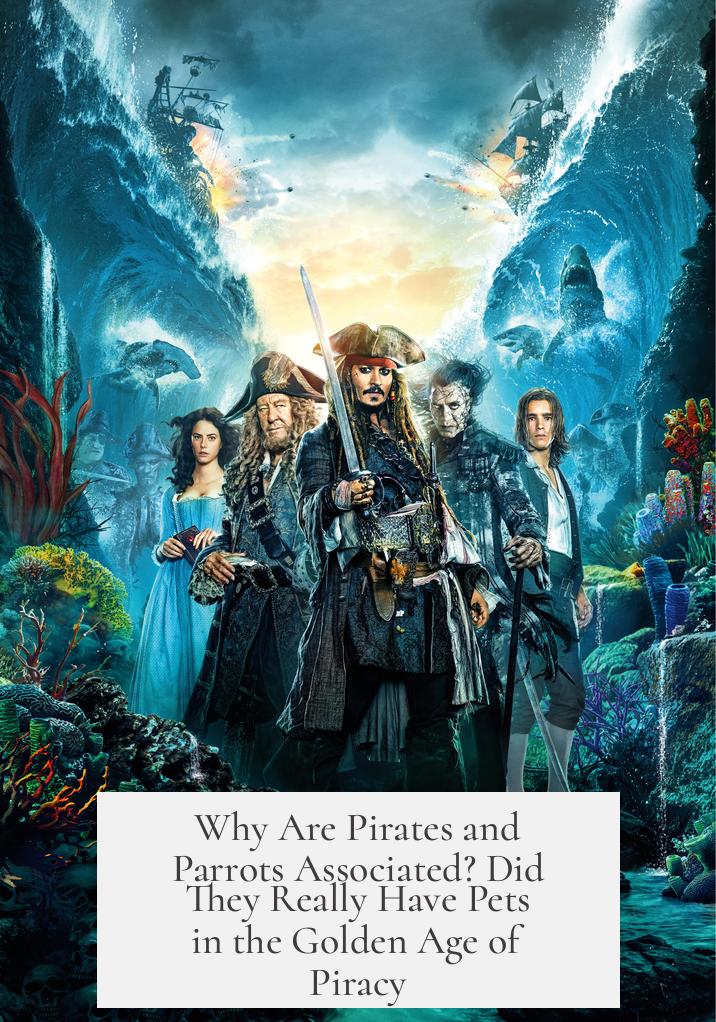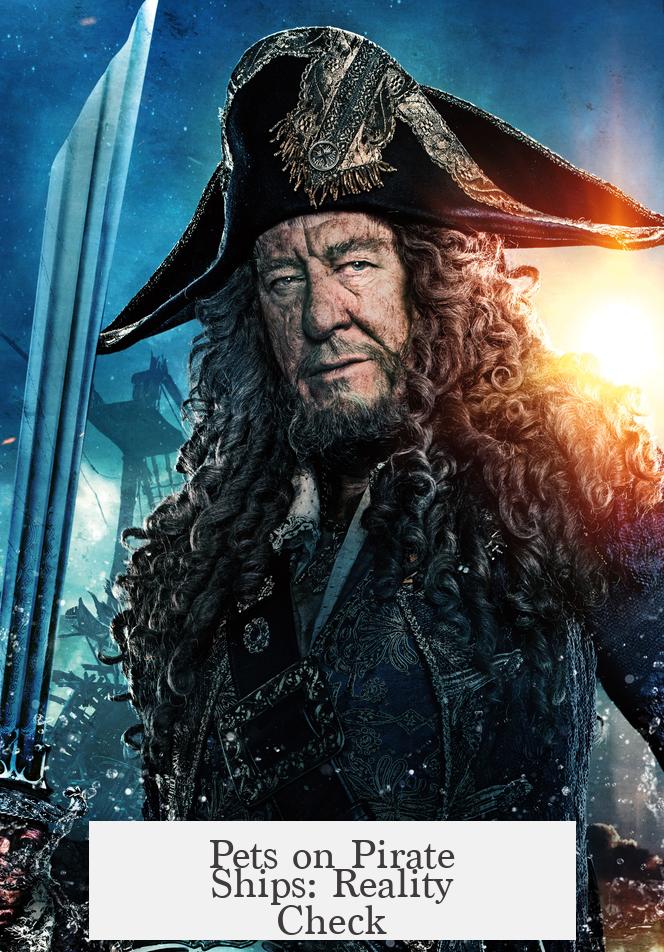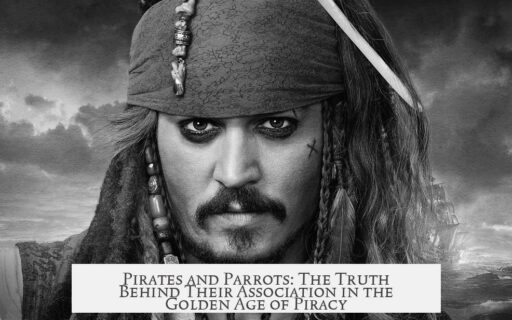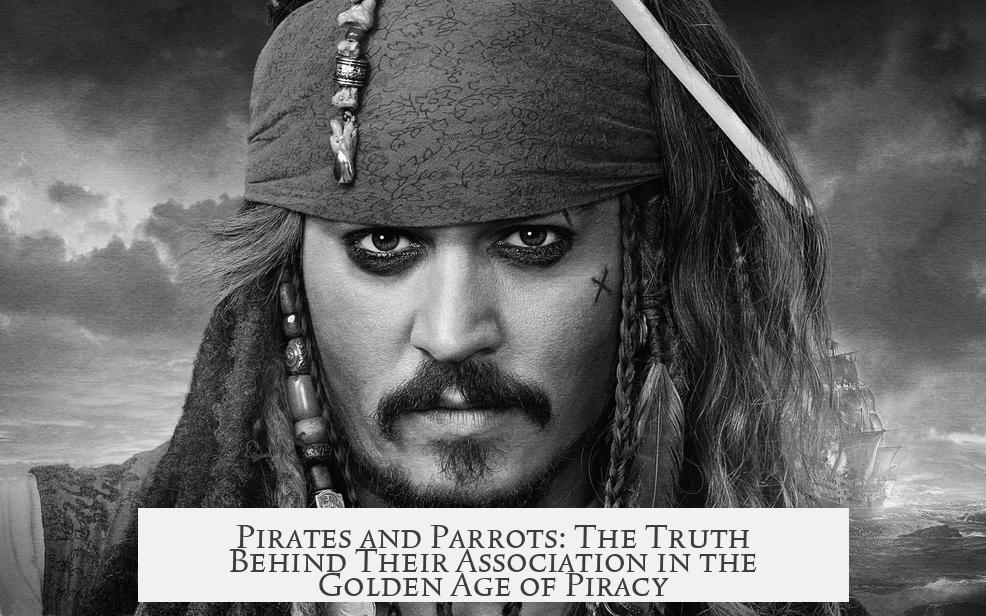Pirates and parrots are associated mainly due to fictional portrayals rather than historical accuracy. The iconic image of a pirate with a parrot on his shoulder largely originates from literature, specifically the character Long John Silver in Robert Louis Stevenson’s 1883 novel Treasure Island. This stereotype has deeply influenced the popular imagination and appeared in numerous adaptations and parodies. However, actual pirates in the Golden Age of Piracy rarely kept parrots or other exotic pets aboard their ships.
The enduring image of pirates with parrots owes much to Long John Silver, who is depicted as a one-legged man with an eye patch and a colorful parrot companion. This vivid literary character became a template for pirate portrayals in later media, including the Pirates of the Caribbean films. In these movies, characters like Cotton and Barbossa echo the Long John Silver cliché but update it for modern audiences. For example, Barbossa replaces the parrot with a monkey, another exotic animal associated with tropical ports but less linked to pirates historically.
Pirates primarily followed established trade routes across the Caribbean, West Africa, Brazil, and parts of the Indian and Pacific Oceans. Their targets were valuable cargoes such as sugar, tobacco, leather, spices, and slaves. Treasure galleons loaded with gold were occasional prizes but well guarded and thus rare targets. The regions pirates frequented were home to many exotic species, including brightly colored parrots native to areas like Veracruz in Mexico and Brazil.
Despite the presence of parrots and other tropical animals in these areas, pirates seldom transported them aboard ship. Exotic animals were not highly prized in piracy because they required care and food, unlike loot such as sugar or spices, which were easier to store and sell. While exotic birds and other animals were popular exotic goods in European markets between the 16th and 19th centuries, pirates preferred cargos that yielded immediate and abundant profits.
Living conditions on pirate ships did not favor keeping pets. Ships often faced harsh conditions, including disease, hunger, and shipwrecks. Pirates regularly feared starvation and sought food supplies whenever possible. There are sparse mentions of pets like cats on ships, typically valued for controlling rats, but dogs and exotic animals were rarely kept. If necessary, crew members would have likely eaten animals aboard to survive. Thus, the logistics and risks of maintaining parrots or other exotic pets made this impractical.
Exotic animals, including parrots, did arrive in Europe during the era of piracy because of colonial trade networks. Exotic bird markets thrived until the 20th century in many countries. These markets helped build the idea of pirates surrounded by colorful tropical creatures in fiction and folklore. While historical records lack evidence for parrots being common among pirates, the popular imagination merged the exotic wildlife of pirate haunts with pirate lore to create a lasting myth.
In short, pirates and parrots are connected chiefly through cultural constructs. The colorful parrot symbolizes the mysterious and adventurous spirit pirates represent in storytelling. Actual pirate crews prioritized valuable trade goods and survival necessities over pet ownership.
| Aspect | Historical Reality | Popular Culture |
|---|---|---|
| Parrots on Ships | Rare to none; impractical due to food and care needs | Common stereotype, mostly inspired by Long John Silver |
| Exotic Animals | Brought ashore via trade markets but not common pirate loot | Monkeys, parrots, and others featured as pirate companions |
| Pirate Priorities | Looted valuable trade goods like sugar, tobacco, spices | Focus on treasure and colorful accessories |
Despite rare historical cases possibly existing where a pirate kept a parrot, evidence is minimal. The popular image should be understood as a literary and cinematic creation rather than a documented fact. The harsh realities of pirate life, urgent survival needs, and economic priorities explain the absence of consistent pet-keeping among Golden Age pirates.
- The association of pirates with parrots comes mainly from Treasure Island and its influence.
- Pirates targeted valuable commodities, not exotic animals, due to ease of transport and resale.
- Keeping parrots on pirate ships was impractical due to food scarcity and rough conditions.
- Exotic animals were sold in European markets but rarely traveled with pirates.
- Popular culture renewed the parrot-pirate cliché in modern media for storytelling appeal.
Why Are Pirates and Parrots Associated? Did They Really Have Pets in the Golden Age of Piracy?

Ahoy! The image is instantly clear. A rugged pirate with a feathered friend perched on his shoulder, squawking out pirate tales or some cheeky remarks. But where does this iconic pairing come from? Pirates and parrots are linked mainly by fiction, not fact. They rarely sailed together in the true Golden Age of Piracy. But don’t toss out the pirate hat just yet—there’s fascinating history and myth mixed in this colorful tale.
Let’s unravel this squawking mystery step by step.
The Real Villain: Long John Silver
If you think pirates and parrots go hand in hand (or beak on shoulder), you can thank one literary scallywag—Long John Silver from Robert Louis Stevenson’s Treasure Island.
This one-legged, eye-patched sea dog is almost the grandfather of pirate stereotypes. Silver’s parrot, sitting on his shoulder and squawking “Pieces of eight!” et cetera, captured imaginations in the late 19th century, cementing an image that Hollywood and storytellers leaned on heavily ever since.
But here’s the thing: one colorful character doesn’t equal historical fact. More often than not, it’s just a well-spun cliché.
Even recent blockbusters like Pirates of the Caribbean nod to the cliché but tweak it for freshness. For instance, Captain Barbossa opts for a monkey instead of a parrot. And Cotton—a pirate closing one eye—raises a nod to Silver’s legacy. They borrow the hallmark traits, yet they refresh and parody the image. So, parrots as pirate companions? Mostly an invention of storytelling.
Trade Routes and the Pirate Life
When pirates attacked, they hunted real treasure: sugar, tobacco, spices, leather, and slaves. Treasure galleons loaded with gold or silver were rare and heavily guarded prizes.
Now, imagine pirates sailing the high seas, especially around the Caribbean, Brazil, West Africa, and even the Indian and Pacific Oceans. They navigated along tropical coastlines where parrots thrive.
The parrots we think of—bright green and red beauties—are mostly native to places like Veracruz, Mexico, or tropical Brazil. African pirates might have spotted talkative grey parrots, better mimics but less flashy.
So yes, pirates passed through parrot country. But encountering parrots while chasing cargo isn’t the same as hauling them onboard.
Exotic Animals: Prized Spoils or Just a Fancy Decoration?
Did pirates treat exotic animals like treasure? Not really.
Exotic pets couldn’t work like slaves or help raid ships. They demanded special feed, space, and care. Maintaining a parrot on a pirate ship was a logistical headache—plus a risk if food ran low.
While such animals fetched high prices back in Europe, pirates tended to prioritize easier-to-transport loot: sugar or tobacco, which were simpler to store and trade.
Pets on Pirate Ships: Reality Check

The pirate lifestyle was far from glamorous. Ships often sank. Crews suffered from illness or hunger. Starvation stories pop up in many ship logs and journals.
Feeding a parrot could become a serious problem—after all, when famine hits, every morsel counts. Pirates probably made short work of any animals onboard if desperate enough. The idea that pirates cuddled parrots while singing sea shanties feels a bit misplaced.
Dogs get barely a mention, and cats were occasionally kept to fight off rats—but even they risked ending up dinner if things got dire. Exotic animals didn’t stand much chance.
The Exotic Bird Trade and the Imagination
Despite the odds against parrots on ships, exotic birds did come to Europe via trade routes that pirates frequented. From the 16th to 19th centuries, people marveled at these vibrant creatures in bird markets. The idea of pirates with parrots sparked imaginations linked to treasure islands and tropical adventures.
So, while it’s unlikely many pirates sailed the seas with talkative pets, it’s not impossible. Somewhere out there, between 1550 and 1750, a pirate might have taken a liking to a colorful companion. But that tale is lost to the waves, drowned in the stories we love to retell.
What Can We Learn from This Pirate-Parrot Affair?
- Stereotypes often stem from fiction: Long John Silver’s parrot is a literary device, not a historical fact.
- Pirates prioritized practical loot: Food, weapons, and heavy cargo over exotic pets.
- Logistics matter, even at sea: Care for live animals like parrots was a challenge pirates rarely accepted.
- Historical pirates sailed tropical routes: Parrots were nearby, but companionship may have been a rarity.
- Imagination is powerful: Pop culture continues to color how we see pirates—and parrots play a starring role.
So, next time you spot a pirate with a parrot on screen, remember, you’re enjoying a colorful story more than a historical documentary.
But isn’t that the magic of pirates—tales embroidered with a dash of exotic color, mystery, and a feather or two?




